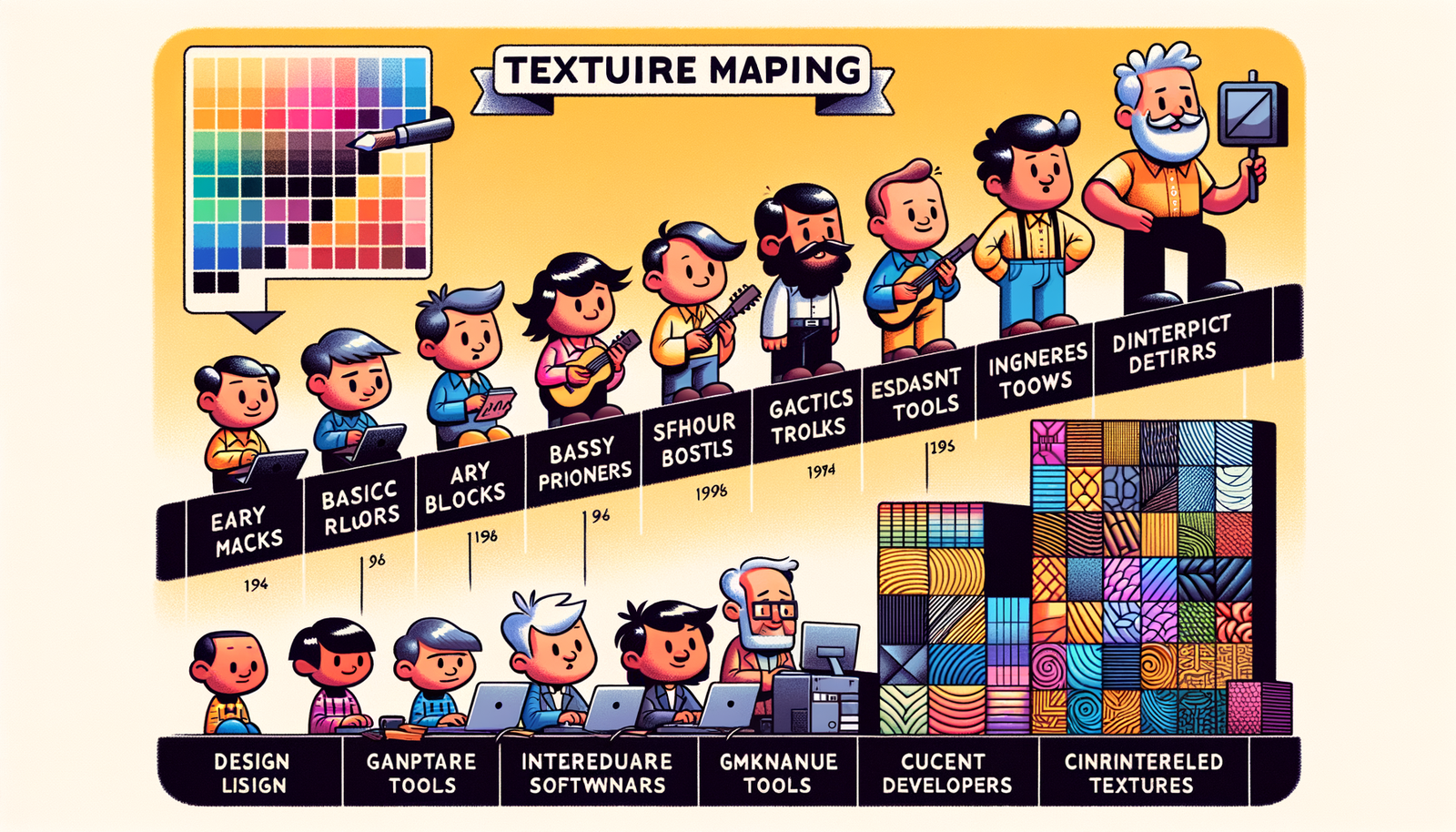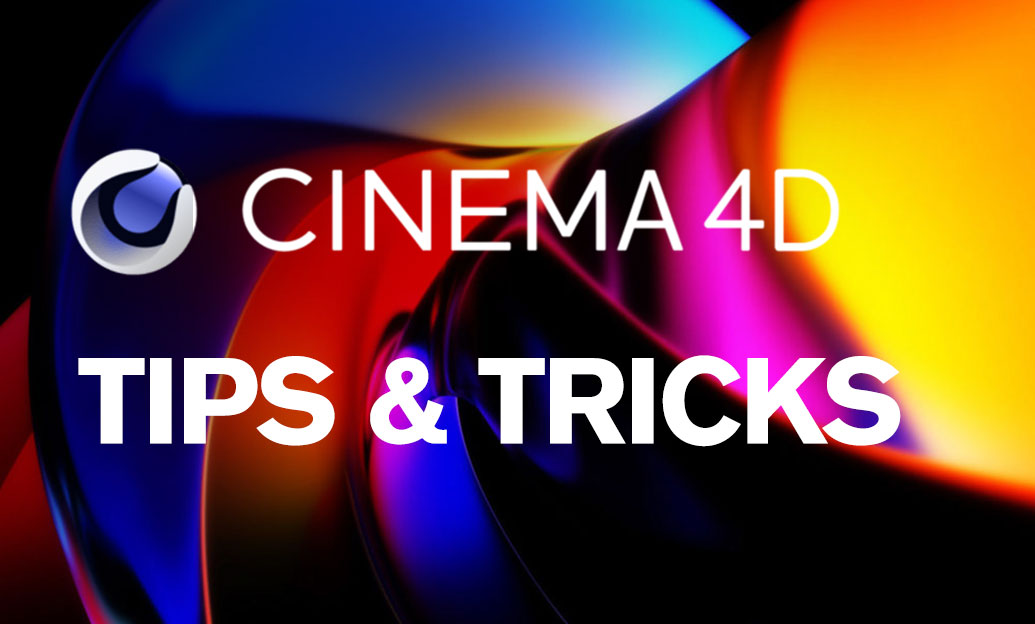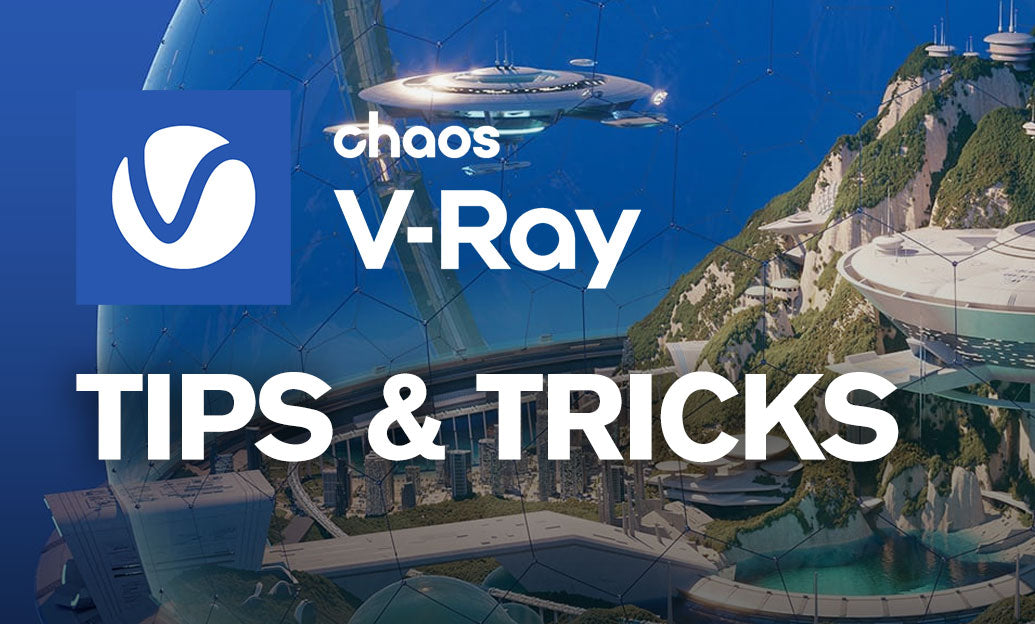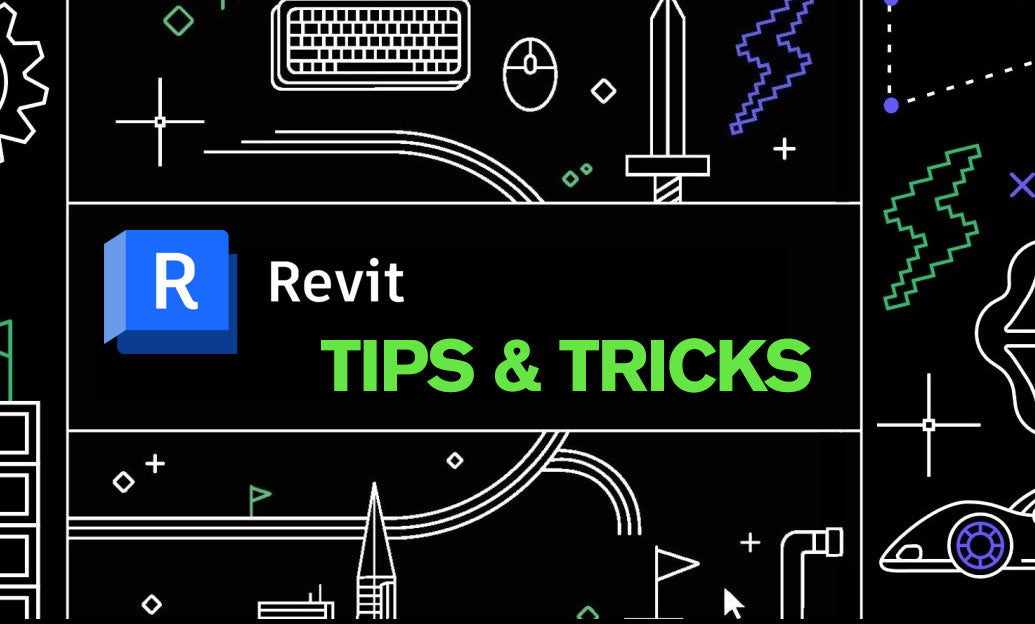Your Cart is Empty
Customer Testimonials
-
"Great customer service. The folks at Novedge were super helpful in navigating a somewhat complicated order including software upgrades and serial numbers in various stages of inactivity. They were friendly and helpful throughout the process.."
Ruben Ruckmark
"Quick & very helpful. We have been using Novedge for years and are very happy with their quick service when we need to make a purchase and excellent support resolving any issues."
Will Woodson
"Scott is the best. He reminds me about subscriptions dates, guides me in the correct direction for updates. He always responds promptly to me. He is literally the reason I continue to work with Novedge and will do so in the future."
Edward Mchugh
"Calvin Lok is “the man”. After my purchase of Sketchup 2021, he called me and provided step-by-step instructions to ease me through difficulties I was having with the setup of my new software."
Mike Borzage
Design Software History: Pioneers and Progress: The Evolution of Texture Mapping in Design Software
August 18, 2024 6 min read


The History of Design Software
The Beginnings of Texture Mapping Techniques
Early Days in Computer Graphics
The realm of computer graphics has always been driven by the quest for more realistic visual representations. In the early days, this ambition was often tempered by the limitations of available technology. During the 1960s and 70s, the foundational work in computer graphics was largely conducted in academic settings and research institutions, where the focus was primarily on rendering basic shapes and forms.
Pioneers such as Ivan Sutherland, often regarded as the father of computer graphics, laid the groundwork with his Sketchpad system in 1963, which introduced the concept of interactive graphics. However, it was not until the 1970s and 80s that texture mapping began to take shape. Among the early innovators in this domain was Edwin Catmull, who in 1974 developed a method to map textures onto surfaces in his Ph.D. thesis, "A Subdivision Algorithm for Computer Display of Curved Surfaces".
Another significant contributor was Lance Williams, whose 1978 paper "Casting Curved Shadows on Curved Surfaces" introduced the concept of mipmapping, a technique used to improve texture mapping efficiency and quality. These early implementations, although rudimentary, marked the beginning of a transformative journey in computer graphics.
Initial Applications and Challenges
The initial uses of texture mapping were predominantly seen in academic and research institutions, where researchers sought to push the boundaries of visual realism. One notable example was the Utah Teapot, a famous 3D model created by Martin Newell in 1975, which became a standard reference object in the field of computer graphics.
However, the early days of texture mapping were fraught with challenges. The computational power and memory limitations of the time presented significant hurdles. Early texture mapping algorithms were basic and often unable to handle the complexities of real-world textures. The rendering process was slow and inefficient, making it impractical for commercial applications.
Despite these challenges, the groundwork laid during this period was crucial. Early techniques such as bilinear and trilinear filtering began to emerge, addressing some of the initial limitations and setting the stage for future advancements in texture mapping technology.
Major Advances and Key Contributors
Breakthrough Technologies and Techniques
The 1980s and 1990s saw significant breakthroughs in texture mapping techniques. One of the key advancements was the introduction of mipmapping, which significantly improved texture quality and rendering efficiency. Mipmapping works by creating multiple levels of texture detail, allowing for smoother transitions and better performance by reducing the amount of texture data that needs to be processed at different distances from the viewer.
Another notable advancement was the development of bump mapping, introduced by James Blinn in 1978. Bump mapping simulates small-scale surface detail without increasing the geometric complexity of the model, adding a new layer of realism to computer-generated imagery. This technique was later complemented by displacement mapping, which not only simulates surface detail but also alters the geometry of the model to create more intricate and realistic surfaces.
The contributions of key figures such as Edwin Catmull and Lance Williams were instrumental in these advancements. Catmull's work on subdivision surfaces and texture mapping, along with Williams' development of mipmapping, laid the foundation for the sophisticated texture mapping techniques used today.
Industry Adoption and Software Integration
As texture mapping techniques matured, they began to see widespread adoption in various industries. The video game industry, in particular, was quick to embrace these advancements, using texture mapping to create more immersive and visually stunning gaming experiences. Companies like id Software and Epic Games played pivotal roles in integrating these techniques into their game engines.
The film industry also benefited from these advancements, with texture mapping becoming a staple in digital film production and special effects. Major software packages such as Autodesk 3ds Max, Maya, and Blender began to incorporate advanced texture mapping tools, making these techniques accessible to a broader range of artists and designers.
The influence of hardware advancements, particularly the development of GPUs by companies like NVIDIA and AMD, cannot be overstated. These powerful graphics processing units enabled real-time rendering and more efficient texture mapping, allowing for more complex and detailed textures to be used in real-time applications.
Modern Texture Mapping Techniques
Advanced Methods and Algorithms
In recent years, modern texture mapping techniques have continued to evolve, driven by advancements in both software and hardware. One of the most significant developments has been the emergence of Physically Based Rendering (PBR). PBR simulates the interaction of light with surfaces in a more accurate and realistic manner, resulting in highly detailed and lifelike textures.
Other advanced methods include normal mapping and parallax occlusion mapping. Normal mapping enhances the illusion of surface detail by altering the surface normals used in lighting calculations, while parallax occlusion mapping adds depth and complexity to textures by simulating the way light interacts with different layers of a surface.
The importance of shaders and real-time rendering techniques has also grown significantly. Shaders, which are programs used to dictate how pixels are rendered on the screen, play a crucial role in modern texture mapping. Real-time rendering techniques, enabled by powerful GPUs, allow for dynamic and interactive visual experiences.
In addition, the role of machine learning and AI in texture mapping is becoming increasingly prominent. These technologies are being used to enhance texture detail, automate the creation of textures, and even generate entirely new textures based on learned patterns and data.
Applications in Various Industries
The applications of modern texture mapping techniques are vast and varied. In the gaming industry, advanced texture mapping is used to create highly immersive and visually stunning game worlds. Virtual reality (VR) and augmented reality (AR) also rely heavily on these techniques to create realistic and engaging environments.
The digital film production and special effects industries use texture mapping to create lifelike characters, environments, and effects. High-quality textures are essential for achieving the level of realism required in modern film production.
In the field of architectural visualization, texture mapping is used to create detailed and realistic representations of architectural designs. This allows architects and clients to visualize and explore designs in a more interactive and immersive manner.
Additionally, product design benefits from advanced texture mapping techniques, enabling designers to create detailed and accurate visualizations of products before they are manufactured.
Future Directions and Emerging Trends
Innovations on the Horizon
Looking to the future, several emerging technologies have the potential to significantly impact the field of texture mapping. One of the most exciting developments is the advent of ray tracing. Ray tracing simulates the behavior of light in a highly realistic manner, resulting in stunningly lifelike images. As this technology becomes more accessible and efficient, it is expected to revolutionize texture mapping and rendering.
Another promising area is procedural texture generation. Procedural textures are generated algorithmically, allowing for the creation of highly detailed and complex textures without the need for large amounts of texture data. This technique has the potential to greatly improve efficiency and flexibility in texture creation.
Real-time adaptive textures are also on the horizon. These textures can change dynamically based on various factors, such as lighting conditions, environment, and user interactions. This opens up new possibilities for creating more immersive and responsive visual experiences.
Advances in texture compression and streaming are also expected to play a significant role in the future of texture mapping. These technologies will enable more efficient use of bandwidth and storage, making it possible to deliver high-quality textures in cloud-based applications and streaming services.
Challenges and Opportunities
Despite the exciting advancements on the horizon, there are several challenges that need to be addressed. One of the primary challenges is balancing high-quality textures with performance constraints. As textures become more detailed and complex, they require more computational power and memory, which can impact performance, particularly in real-time applications.
Another important consideration is the ethical use of photorealistic textures. As texture mapping techniques become more advanced, the potential for creating highly realistic but deceptive imagery increases. It is essential to consider the ethical implications and establish guidelines for the responsible use of these technologies.
Lastly, there are numerous opportunities for interdisciplinary collaboration in advancing texture mapping techniques. Collaboration between computer scientists, artists, designers, and industry professionals can lead to innovative solutions and new applications of texture mapping technology. By working together, we can continue to push the boundaries of what is possible in the realm of computer graphics and texture mapping.
Also in Design News

Cinema 4D Tip: Turbulence Field for Fast, Art‑Directable Organic Motion
December 27, 2025 2 min read
Read More
V-Ray Tip: Curvature and AO Masks for Realistic Material Wear
December 27, 2025 2 min read
Read MoreSubscribe
Sign up to get the latest on sales, new releases and more …



